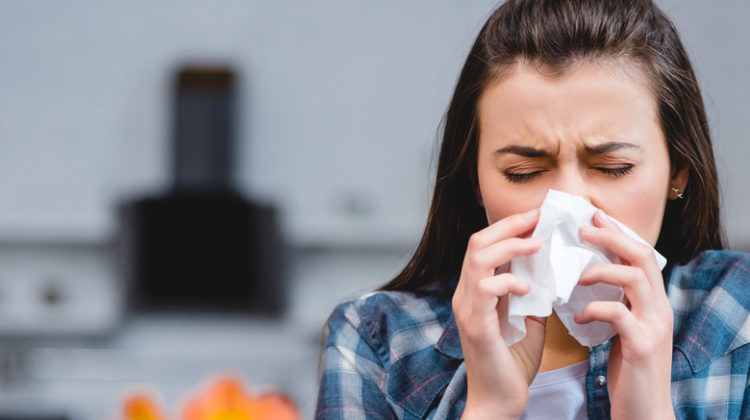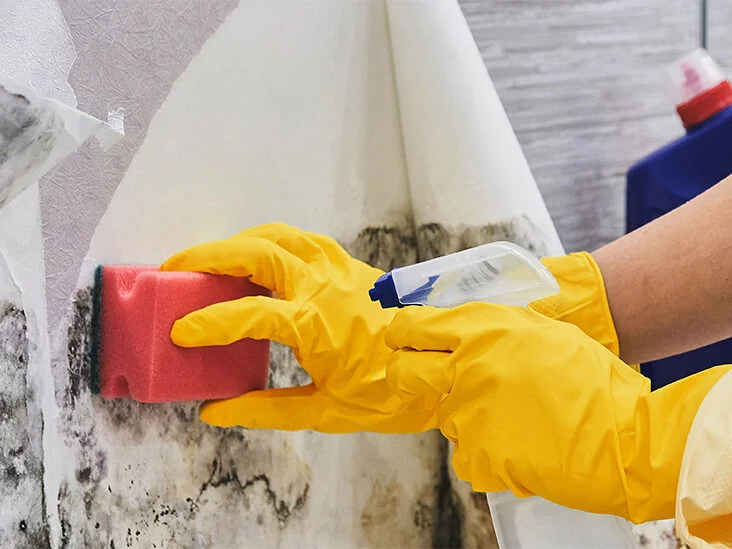Black mold, also known as Stachybotrys chartarum, is a type of fungus that can grow in areas with high humidity and poor ventilation. It is commonly found in damp basements, bathrooms, and kitchens, and can also grow on walls, ceilings, and other surfaces in a home. Black mold is not only unsightly, but it can also be hazardous to your health. In this article, we will discuss the symptoms of black mold exposure and the treatment options available to address it.
Symptoms of Black Mold Exposure
Black mold exposure can cause a wide range of health problems, including respiratory issues, allergies, and skin irritation. The severity of symptoms can vary depending on the person and the amount of exposure they have had to the mold. Some common symptoms of black mold exposure include:
Respiratory issues: Black mold can cause irritation to the nose and throat, as well as coughing and sneezing. In some cases, it can also lead to more serious respiratory problems such as asthma and bronchitis.
Allergies: Black mold can trigger allergic reactions in some people, causing symptoms such as runny nose, itchy eyes, and skin rash.
Skin irritation: Black mold can also cause skin irritation, particularly if it comes into contact with the skin. This can cause itching, redness, and even blistering in some cases.
Headaches: Some people may experience headaches as a result of black mold exposure.
Fatigue: Long-term exposure to black mold can cause fatigue and weakness.
Depression: Black mold exposure can also lead to depression and anxiety.
Treatment for Black Mold
If you suspect that your home has black mold, it is important to address the problem as soon as possible. The following are some common treatment options for black mold:
Removing the mold: The first step in treating black mold is to remove it from the affected area. This can be done by using a solution of water and bleach or a specialized mold remover. It is important to wear protective gear, such as gloves and a mask, when removing the mold to avoid exposure.
Fixing the source of moisture: Once the mold has been removed, it is important to address the source of moisture that led to its growth. This may involve fixing leaks, increasing ventilation, or installing a dehumidifier.
Cleaning and sanitizing: After the mold has been removed and the source of moisture addressed, it is important to clean and sanitize the affected area. This can be done by using a solution of water and vinegar or a specialized cleaning solution.
Professional remediation: In some cases, it may be necessary to hire a professional mold remediation company to address a severe black mold problem. These companies will use specialized equipment and techniques to remove the mold and prevent its growth in the future.
Medical treatment: If you are experiencing symptoms of black mold exposure, it is important to seek medical treatment. This may involve taking over-the-counter or prescription medications, such as antihistamines or inhalers, to address respiratory problems.
Conclusion
Black mold can be a serious health hazard, and it is important to address it as soon as possible. If you suspect that your home has black mold, it is important to remove it, fix the source of moisture, clean and sanitize the affected area, and seek medical treatment if necessary. If the problem is severe, it may be necessary to hire a professional mold remediation company. With the right treatment, you can remove black mold from your home and prevent it from growing in the future.

 Home
Home Health
Health Diet & Nutrition
Diet & Nutrition Living Well
Living Well More
More












